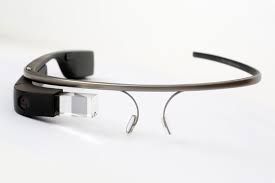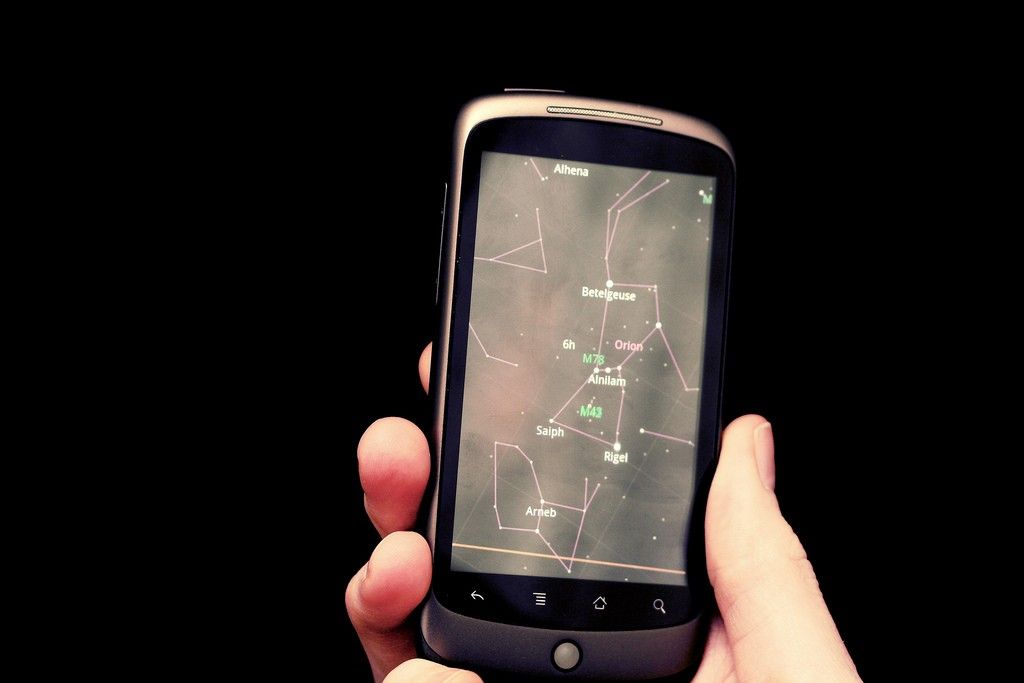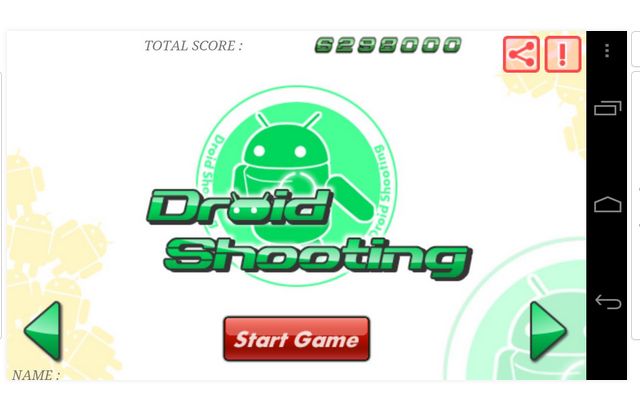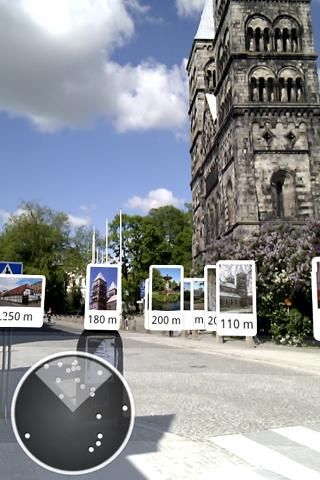Is Augmented Reality the New Social Media?
The term ‘augmented reality’ was first coined by Boeing researched Tom Caudell in 1990. When he used it, he was referring to a head mounted digital display that technicians could use to guide them in assembling electrical wires in aircrafts.
The concept remains similar now, but has expanded beyond any one specialist industry. The term now refers to any interaction of superimposed enhancements onto a real world environment. Not to be confused with virtual reality, which aims to replace the real world with a simulation.
So, whilst virtual reality allows you to step into a virtual world, augmented reality works to enhance – or augment – the existing world around you.
Wearable Technology
Google’s Project Glass could have possibly been one of the most exciting developments in the field of AR, before it was shelved in January. Glass consisted of attractive and fashionable eyewear with built in AR technology. This would have allowed users to interact with computers and the internet, much in the same way we do with our smartphones, but completely hands-free.

However, we can only hope that this is not the end for the idea of incorporating AR functionality into wearable technology. After all it would seem to be the most logical direction for the technology to move in. Rumour now has it that Google are still working on Glass, which is now known as Project Aura, but this is in conjunction with other devices such as the modular smartphone. It’s thought that “a redesigned take on Glass” won’t happen just yet, as it’s been reported that “it remains at least a year away”.
In the meantime, there are several companies who are developing wearable AR devices in the wake of Project Glass and we shall have to wait and see how many of these come to fruition.
Of particular interest is the HoloLens being developed by Microsoft. HoloLens is touted as the first untethered see-through holographic computer, which enable high definition holograms to become integrated with whatever you happen to be looking at.
Wearable AR technology could allow you to access information, read emails, follow directions, take pictures and more, all from your device. It is easy to imagine the various scenarios where this would be a boon to day-to-day life. Imagine driving your car and being able to follow your navigation software without having to take your eyes off the road? Or being able to view schematics whilst you work on something technical? And just think of the possibilities for mobile gaming?
Wearable technology could enable AR to be seamlessly integrated into our visual experience for the first time. At the moment we have to hold a smartphone or tablet in front of us in order to experience AR, which does spoil the illusion somewhat and limit the amount of immersion one can experience.
The first virtual devices we’re likely to see hit the stores will be in the form of the Samsung and Facebook Oculus VR, due to launch in November (2015) with a price tag of just $99. The device is known as the Gear VR and will work with mobile devices including the latest Samsung models.
It’s thought that the market could explode and we could see as many as 30 million units sent out per year by 2020.
As long as the commands work as they should and the connectivity and interface are user-friendly and robust, it is quite possible that wearable technology will herald a paradigm shift for the ways in which we use mobile devices.
AR for Marketing
Social media is presently a huge component of the marketing campaigns that businesses employ, but some companies are ahead of the curve and already using AR to get a leg-up on the competition. For example, Swedish clothing brand H&M used AR to run an ingenious marketing campaign that revolved around the idea of a scavenger hunt.

Customers were invited to use the app to view virtual items that appeared in front of certain Manhattan stores. If they found one it unlocked a 10% discount if they went in and bought something. On top of this they could use the AR with a photo of themselves to gain a rough idea of how they would look in the item and share the images on Facebook.
Augmented Education
Google Sky Map is an AR app that works by overlaying constellations and other celestial bodies onto your phone or tablet screen in real time when you point it at the sky. So, you need not worry about cloudy skies, urban glow or even the daytime if you want to get your fix of star gazing at any time.
Apps such as Sky Map open up great avenues for the field of AR to be implemented in an educational setting. Just think how this could be used in conjunction with wearable technology? You could create an app that overlays your view of a landscape with geographical information such as latitude and longitude. Or, if you are studying history, an app could potentially show you how an area may have looked at a particular point in the past.

Whatever way in which AR is used for educational purposes, there is little doubt that it should garner more passion and interest from students than pouring over the same old dusty textbooks. By venturing out into the field and using AR to experience the subject (almost) directly, you could turn an otherwise boring lesson into something far more special.
Augmented Gaming
Sure, all of these practical uses for AR are all well and good, but sometimes you just want to kick back and enjoy a good game. DroidShooting for Android systems has already demonstrated what may be possible in this field. The game involves holding your phone up and targeting flying Android mascots in whatever environment you may be pointing at. It may look pretty simplistic, but it does stir the imagination as to what may be possible as the technology progresses.

Now imagine the immersion that could be gained from playing say a first person shooter in your own environment using wearable technology? As the 3D technology and graphics capabilities of AR devices improve, it will open up a whole new world of captivating experiences. Friends could even connect through social media to view each other’s games from their own perspectives, or link up together for multiplayer mayhem.
Hopefully Microsoft’s HoloLens will interact with Windows and the Xbox to open up new avenues of gaming along these lines. In terms of virtual reality, it’s been reported that Oculus Rift is likely to be offered alongside the Xbox at some point in the future too.
Augmented Social Life
OK, so we have discussed quite a few ways in which augmented reality can be used to make your everyday experiences a little better. However, we have only just touched on the ways in which it can augment your social media experiences.
Twitter 360, is a new app from French developer Presslite. It uses your phone’s camera together with GPS technology to overlay information related to your Twitter followers onto the environment and shows you where people were standing when they posted a certain Tweet.
Presently it only shows you where they last tweeted from, but as things develop it could start to show you where people were standing when they sent any Tweet from the past. More of a gimmick than anything else, but if one of your followers posted something particularly memorable or inspiring you could use the app to give their post some context.
Photos Around offers a similar experience, but with photographs. By using virtual tags, you can stand in a location where one of your friends took a certain picture and maybe feel a little of what they were feeling when they took it.

The unreliable nature of current GPS location technology can make these kinds of experiences a little frustrating at present. However as the technology develops and progresses, these kinds of augmented social experiences will become more accurate and thus more enjoyable for those that partake in them.
But, let’s think about some of the other great ways in which augmented reality could add to and improve your social media experiences.
AR Dating??
Tinder has enjoyed enormous popularity recently for offering a quick and easy way to cycle through potential dates. There have been valid criticisms drawn at the system for its clear focus on the aesthetic, but there can be no argument that by offering a sort of bypass to the “does that person find me attractive?” part of deciding whether to approach someone, it does help to take some of the guesswork out of the single life. I’ll let you decide for yourself whether this is a good thing or not.
Imagine an AR dating app however. Say you walk into a bar and you see a person that you find attractive? You could hold your phone up and, if they have the same app installed, it could display information about them. What they are looking for, their likes and interests, whether they are happy for people with the app to approach them and so much more. This could mean that you avoid any awkward “I have a boyfriend/girlfriend” type situations and the information that they have shared could give you a way to start a real conversation.

Also, think about the ways in which AR could be used to add to the experience of social networks such as Facebook? In a similar way to the dating app I suggested above, you device could display a person’s Facebook profile hovering in the air beside them. This functionality would obviously need to be limited by strict privacy controls, but imagine meeting someone new and simply bringing up your phone and hitting “add friend” next to their actual face?
AR Networking
Similarly with more business focused networks such LinkedIn. You could walk around a conference with your wearable technology on and see information about the other attendees. You could see what sort of business that they are in, what they are looking for at the conference, which talks they are attending etc. You could potentially then use your device’s functionality to send them a message and/or add them to your network ready for future business interactions.
It’s clear to see that augmented reality has a lot of potential to add to our existing technology based experiences. Whilst the technology itself is still somewhat in its infancy, it’s great to see developers and future thinkers both speculating and beginning to produce applications that leverage it.
As time goes on and the technology improves, we’ll start to see more and more ways in which AR will become integrated into our everyday lives. Especially if wearable technology takes off and developers start to produce more AR focused devices.
So, it seems clear that AR is not in fact the new social media per se, but rather that it may be the next evolution of it, or at least the next major disruption to social. By integrating the technology into our existing experiences it has the potential to make interacting with people even more effortless as time goes on.
What are your feelings about AR however? Do you have any hopes or concerns about the technology? And please let us know what you make of wearable technology and its potential for more immersive AR experiences.
Have fun.
Continue reading here: 6 Essential Digital Marketing Tips for Budding Entrepreneurs
Was this article helpful?

